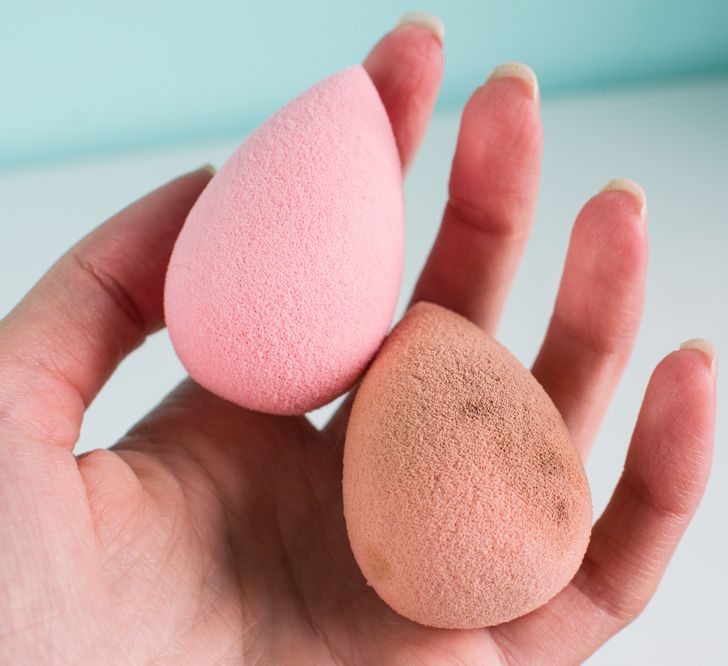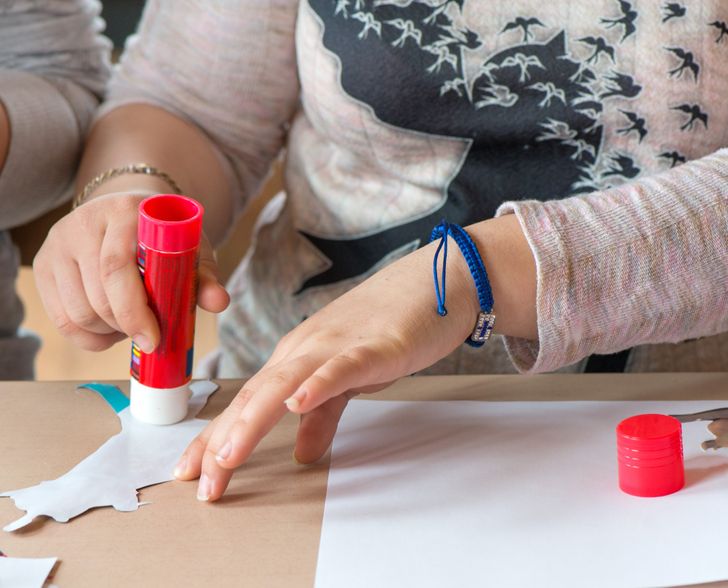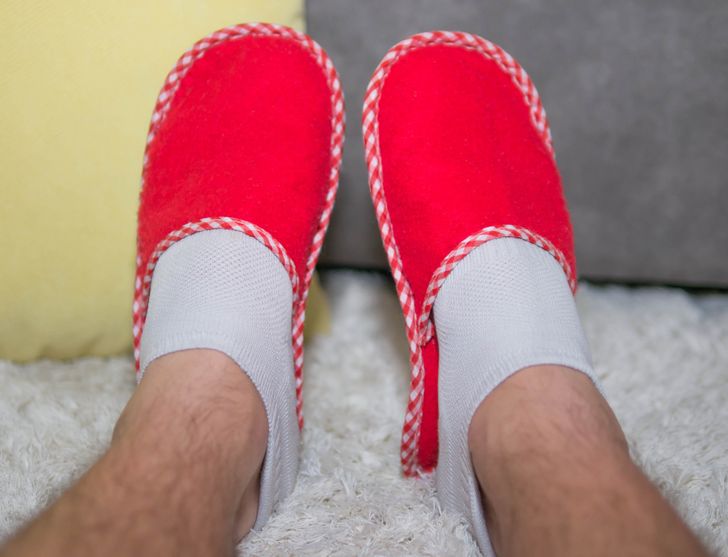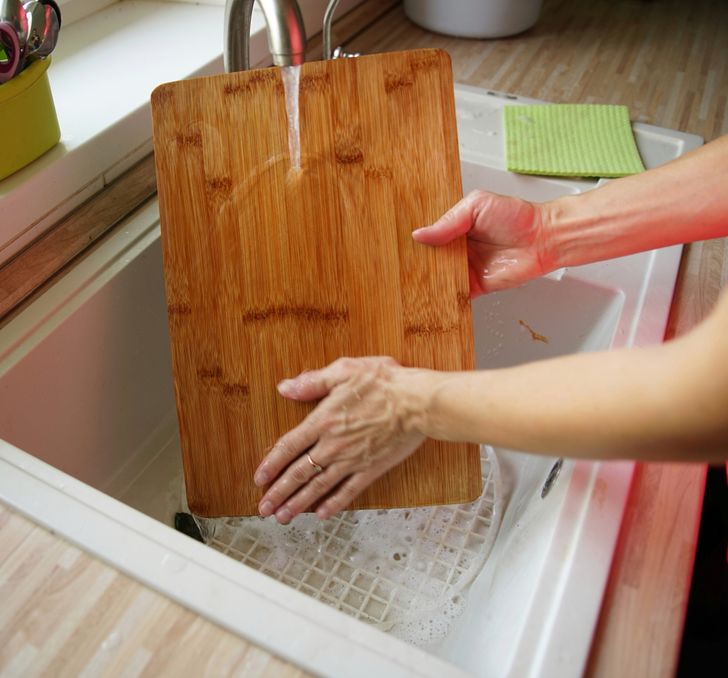this moment when you use your razor for had a year 😅
15+ Everyday Items With Life Spans That Are Different From What We Expect
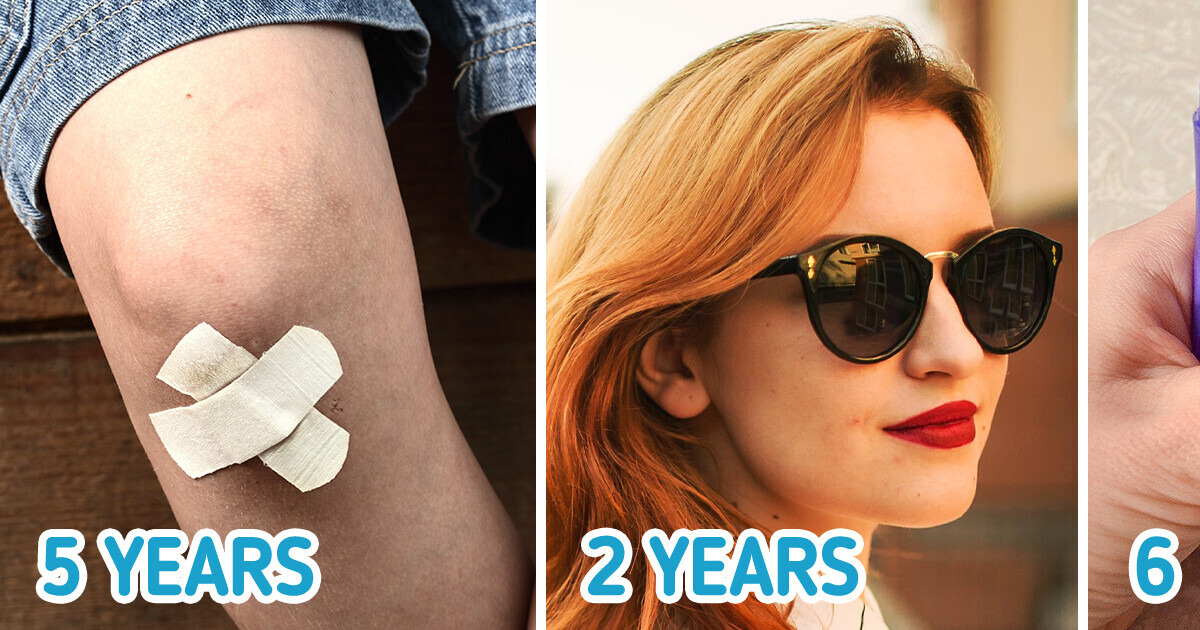
When buying different foods, we look at the “best before” inscription without hesitation. But when we choose a cleaning cloth, kitchen spatula, deodorant, or regular rubber gloves, we usually don’t pay attention to these 2 words. Due to this fact, some everyday items stay with us for years while others are thrown away too early.
1. A microfiber cloth
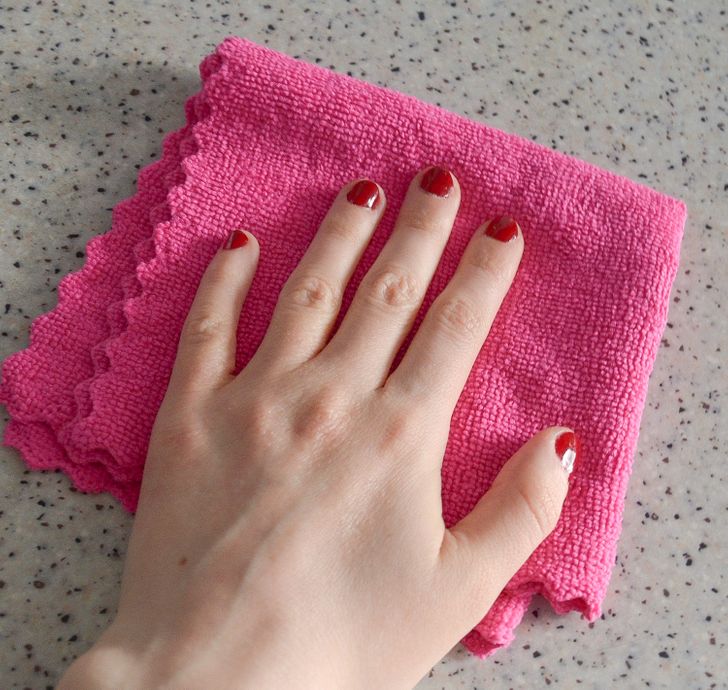
A microfiber cloth is a wonderful cleaning tool: it doesn’t leave streaks and absorbs moisture and dust excellently. This indispensable helper can withstand up to 500 washes.
It’s desirable to wash this type of cloth in a mesh bag or separate from your other laundry. That’s because, due to their structure, they will collect the lint from other items. It’s not recommended to use fabric softener, as it clogs the fibers of the cloth, making future cleaning less effective.
2. Cream
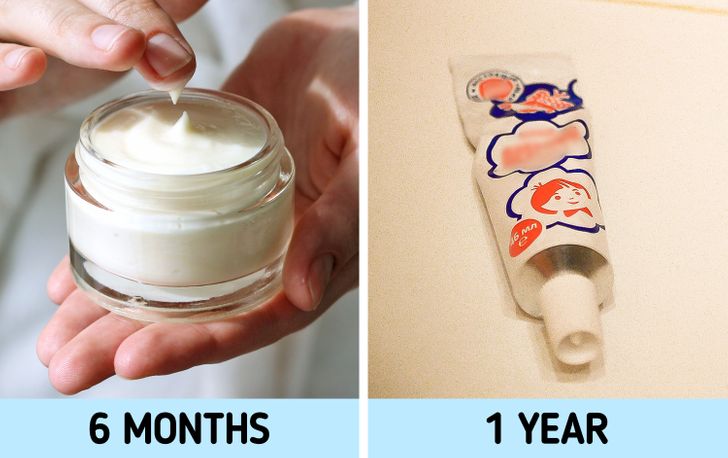
We often use face or hand cream as long as there’s still some of it left in the jar. But their life span depends on the packaging. For instance, a pump lotion can last more than a year, but a jar that you scoop the product out of is more likely to experience bacterial growth, so they typically last for 6 to 9 months.
3. A razor
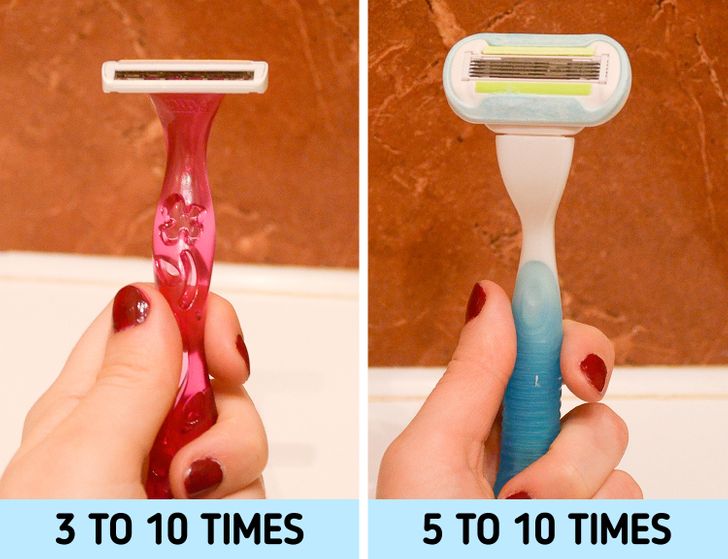
4. A bathroom rug
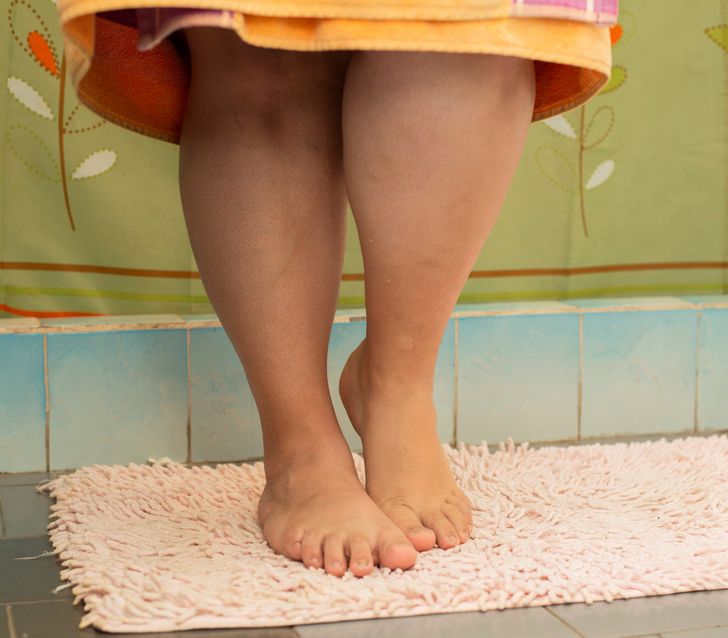
This item is constantly exposed to moisture and doesn’t get dry thoroughly, especially if it has a rubber base. And this is an optimal environment for mold and bacteria growth. Therefore, it’s recommended to replace a rug every 2 years or when the rug wears out if it has a rubber base.
5. A dish brush
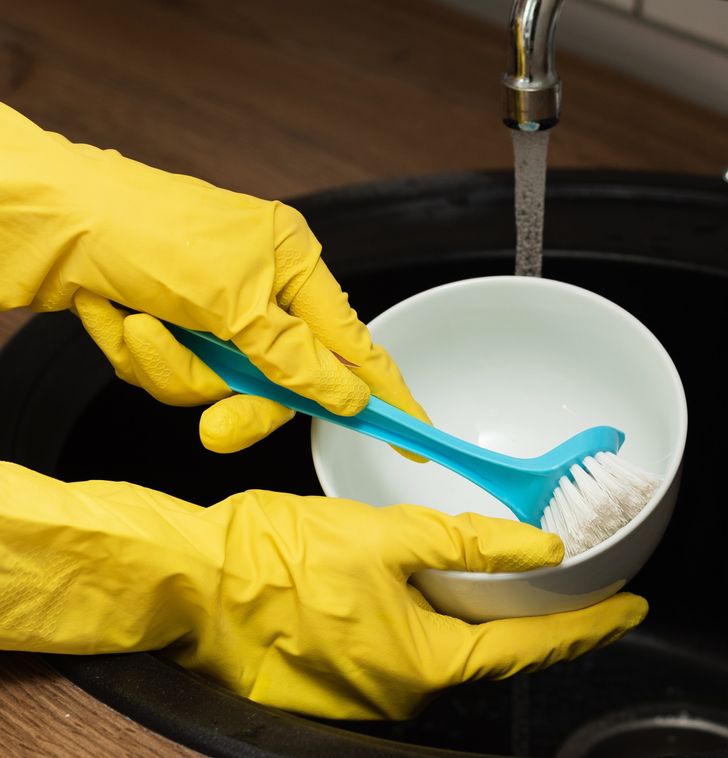
Washing dishes with a brush is practical: its bristles are easy to clean from food debris, and germs accumulate between them more slowly than they do on a sponge. Nevertheless, you should replace a brush regularly too, as its bristles become thinner, break, and perform their function worse over time. If there is no visible damage, you should buy a new brush every 4 to 6 months.
6. A rubber spatula
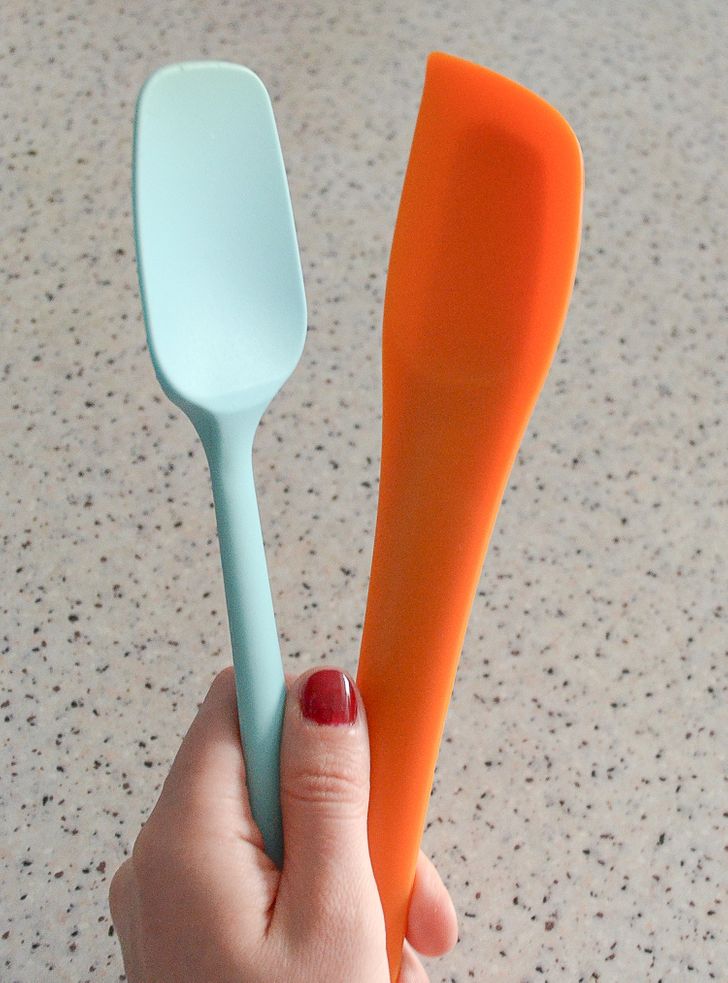
At first glance, these cute spatulas and tongs seem to be timeless. But the material they are made of is constantly exposed to contrasting temperatures: first high, and after a few seconds, low. Because of this, microcracks and scratches appear on its coating, and the surface may melt over time too. In order to not bring foreign substances into your food, such kitchen appliances should be replaced every 2 years or as soon as they begin to look different.
7. A paring knife
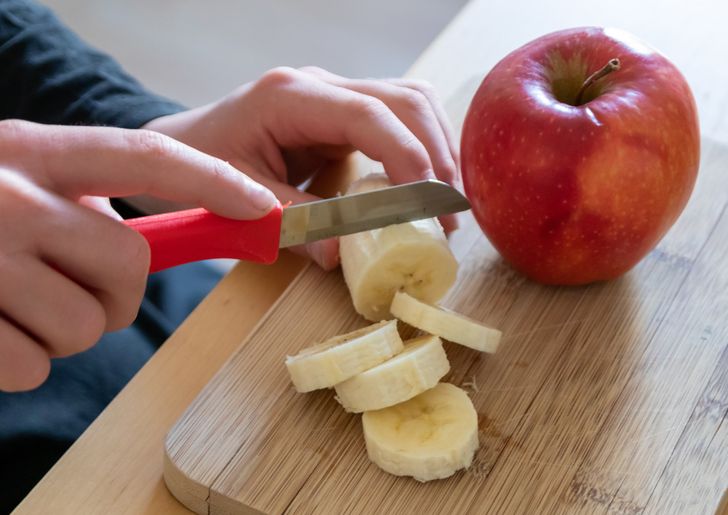
The material of this knife is often affected by rust and acids found in fruits and vegetables, so it needs to be replaced every couple of years. You can increase its life span by sharpening the blade once a week. However, this largely depends on the quality of the knife and the material it’s made of.
8. A beauty blender and sponge
The porous sponge conquered the hearts of girls around the world thanks to its ability to apply foundation evenly. However, very few people know that it needs to be replaced after 3 months of usage — skin cells and beauty products accumulate on its surface, which contributes to bacteria growth. This can subsequently cause irritation and acne.
To extend the life span of a beauty blender, wash it after each use and dry it in a well-ventilated area, otherwise, mold may develop in it.
9. The frames of glasses
We rarely think that sunglasses need to be changed at all. However, this accessory is covered with UV protection, which becomes less effective over time, and can be bad for eye health. The shelf life of glasses depends on how often you wear them. If this is an everyday pair, then it is worth replacing them after 1–2 years of wearing. This applies to both budget pairs and expensive designer ones.
Pay attention to the material of the frame too — plastic frames can break easily after falling, and the durability of screws and hinges is also important. It’s recommended to replace your frames every 1 to 3 years.
10. An antiseptic band-aid
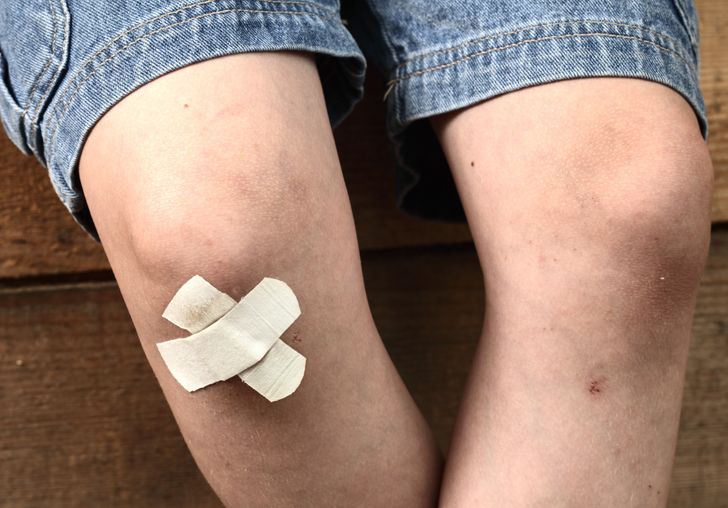
Many people carry band-aids in their bags for years in case of the appearance of an unexpected blister or wound. However, this product also has a shelf life of up to 5 years. After that, it loses its antiseptic properties and may no longer work as effectively. Besides, the glue dries up over time, so the patch will no longer adhere to the skin as tightly.
11. A power bank
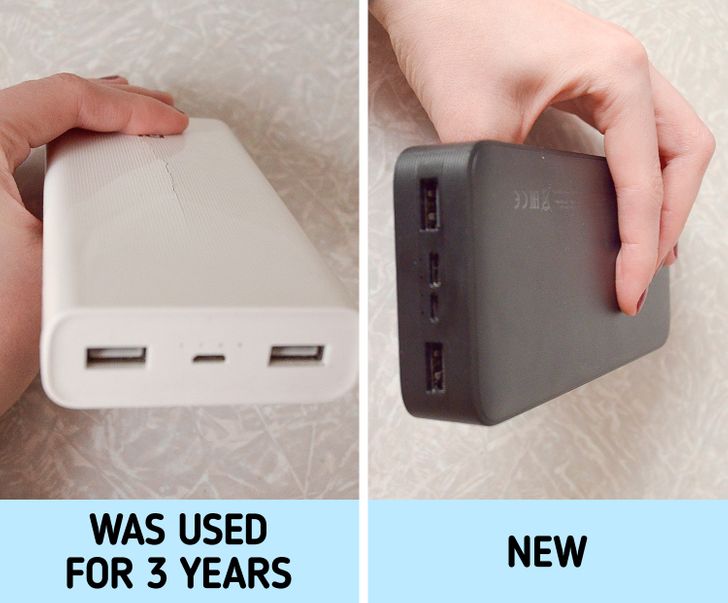
A power bank is indispensable while traveling, hiking, or going on long walks. A battery lasts for up to 1 to 3 years on average and is usually designed for 500 charging sessions. After this period, its capacity will gradually decrease, and in the worst-case scenario, the battery can swell, then it must be disposed of as soon as possible.
12. Kitchen gloves
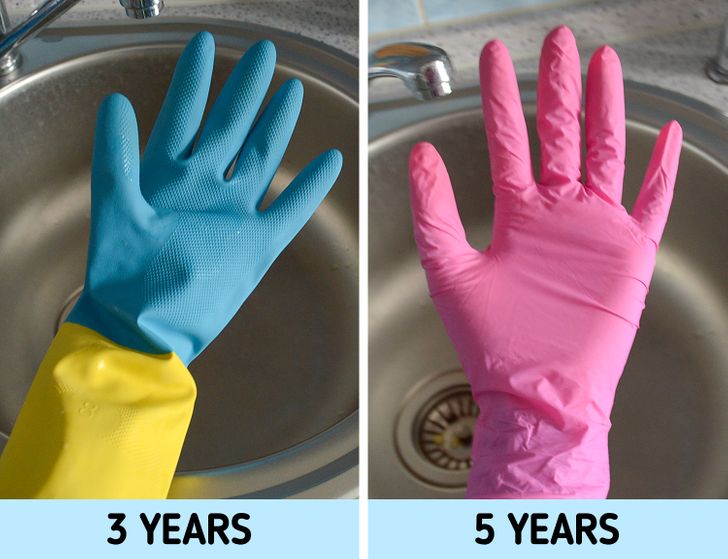
Gloves don’t seem like a “long-lasting” kitchen tool, but their life span is much longer than we thought. Latex gloves can be used for 3 years, while nitrile gloves can serve you for 5 years. But you should take care of your gloves to get the most out of them — wash them with warm water and soap after each use.
13. Lip balm
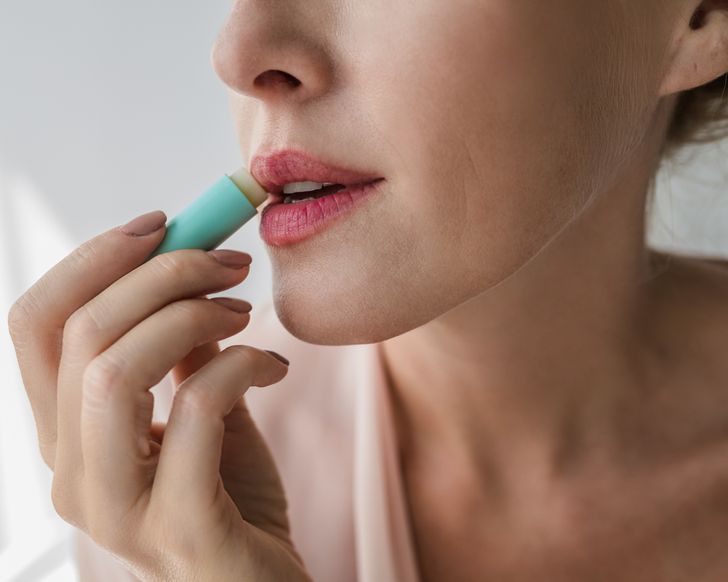
The life span of lip balm depends entirely on the ingredients. If the composition contains sunscreen or protective components (like zinc oxide or titanium dioxide), you should use it no longer than a year. In other cases, focus on the smell and appearance of the product.
14. A deodorant
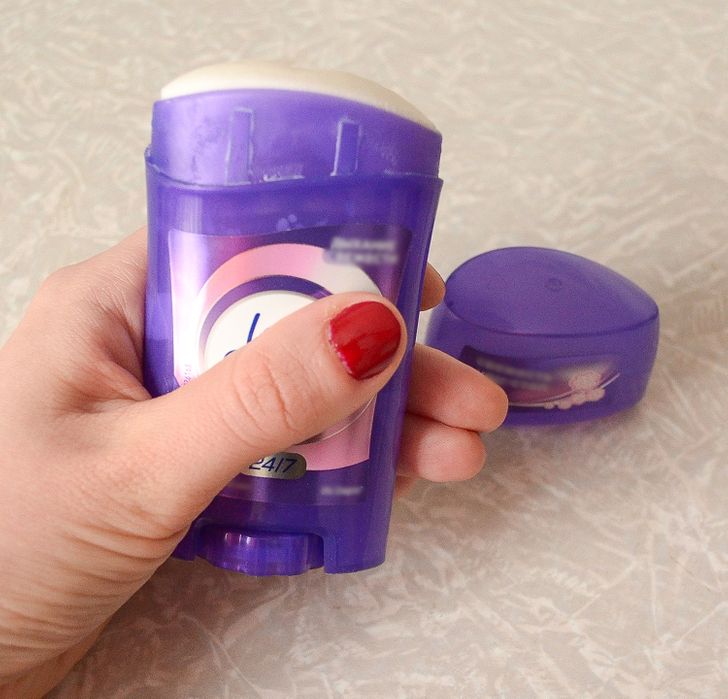
A new, never-opened deodorant can be stored for 1 to 3 years. If you use an expired product, you will hardly face any problems with your health. However, the scent or formula of the deodorant may lose its qualities — the effect will be weaker than it should be. Therefore, a once-used deodorant should be replaced every 6 to 12 months.
15. A glue stick
Many of us have a glue stick hidden in the back of our desk drawer, but, as a rule, we use it only from time to time — unless we like to make paper crafts or help our kids with their art lessons. Alas, after a year or 2, you’ll have to throw away your glue stick. That’s because, once the package is opened, the glue interacts with oxygen, which inevitably worsens its properties.
Thus, it may not adhere to surfaces well, or it can even dry out. To make your glue stick last longer, close the lid tightly and store the glue stick in a plastic bag.
16. Slippers
Slippers can make our winter days more comfortable and this might be surprising, but we should replace them every 6 months. By maintaining the simple rule — new winter season, new slippers — we can avoid certain bacterial infections and keep our toes warm and healthy.
17. Cutting boards
When our cutting boards get scratches and crevices, bacteria can hide in these spots and won’t come out with just a simple wash. It’s recommended to replace them every year. One good tip is to have separate chopping boards for raw meat, vegetables, fruits — in this way we can steer clear of cross-contamination.
18. Pillows
The lifespan of your pillow depends on the quality of its fill. For example, a polyester pillow usually lasts 6 — 24 months. If you’re looking for a durable pillow, a latex pillow can last you as long as 4 years.
It is worth monitoring the expiration date of the goods and getting rid of things that have expired in time so that this does not harm your health. However, some expired products can be used instead of thrown away.
Comments
had not idea a battery of a power bank can swell😨
we change our pillows once a year
Related Reads
I Refuse to Do My Coworker’s Job for Free—So I Made Him Pay

12 Stories That Prove Quiet Kindness Is Stronger Than the World Thinks

I Refused to Help My Pregnant DIL—I’m Retired, Not a Free Babysitter

13 Stories Proving That Female Solidarity Turns Ordinary Women Into Legends

My Parents Gave My Brother the House They Promised Me—And They Learned Their Lesson
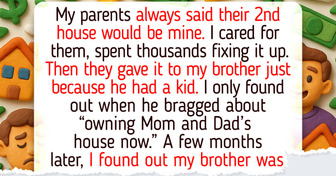
11 Heartwarming Stories That Prove Family Is Everything

I Refuse to Help My Homeless Mom After She Spent All Her Retirement Money on My Sister

My Parents Secretly Drained My Entire Savings Account—Then I Turned the Tables on Them

10 Moments That Proved the Worst Betrayal Comes From Home

18 Stories That Prove a Cleaner’s Job Is About More Than Just Dusting

I Refused to Let My Daughter (16) Share a Room With My Nephew (17), and the Fallout Was a Disaster

15 Stories That Prove a Small Spark of Kindness Can Light Up a Fading Soul

